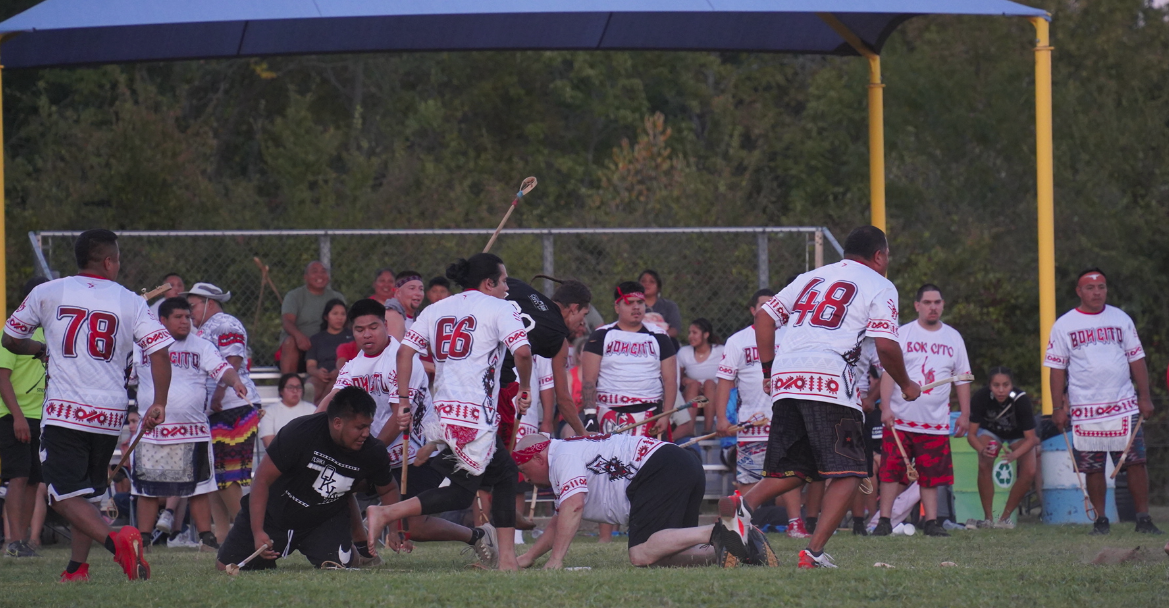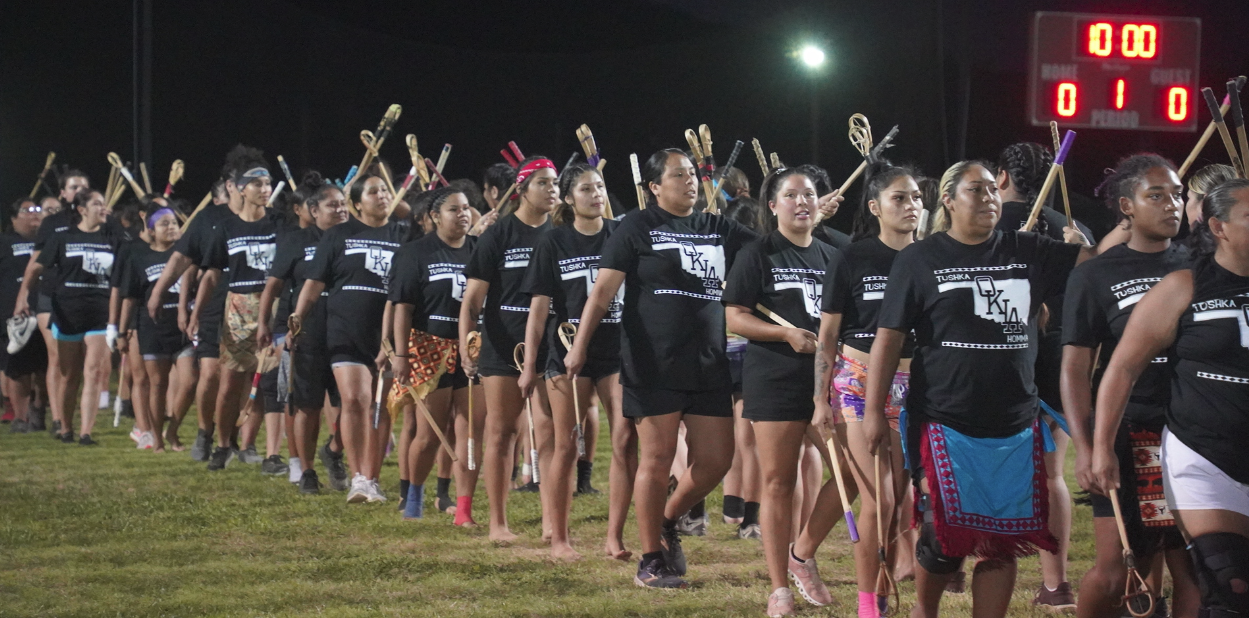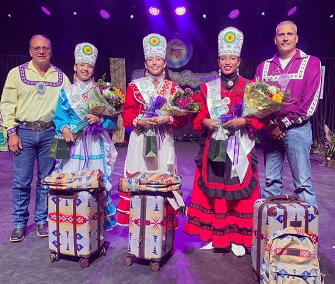
- Details
- By Darren Thompson
TUSHKAHOMA, Okla. — Thousands of Choctaw tribal citizens are Tushkahoma, Oklahoma (Tvshka Homma), the Choctaw Nation's capitol grounds for the annual Labor Day Festival that lasts all weekend long. The Choctaw Nation Labor Day Festival has been a decades-long tradition for the Choctaw people who gather to celebrate their culture and meet up with family and friends.
The annual gatheing on Labor Day weekend began with an opportunity to listen to the Chief speak and conduct tribal business. One of the earliest instances of the festival’s origin was a letter documenting interest in the first Choctaw Princess being selected in 1969. In its beginning, the gatherings were small compared to today where the festival includes carnival rides, softball, and, of course, stickball.

In additonal to the sports events, the annual Choctaw Nation Royalty pageant was held on Friday evening. Winners inclused: Senior Miss Aliyah Myers from District 7, Junior Miss Kassidy Lee from District 9, and Little Miss Sophia McFarland from District 11.

To learn more about the Choctaw Labor Day Festival, CLICK.
https://nativenewsonline.net/currents/photos-of-the-choctaw-labor-day-festival#sigProId324b906a0e
More Stories Like This
Native News Weekly (August 25, 2024): D.C. BriefsUS Presidents in Their Own Words Concerning American Indians
Two Murdered on Colville Indian Reservation
NDAA passes House; Lumbee Fairness Act Advances
NFL, Vikings to Host Native All-American Game, Youth Flag Clinic
Help us defend tribal sovereignty.
At Native News Online, our mission is rooted in telling the stories that strengthen sovereignty and uplift Indigenous voices — not just at year’s end, but every single day.
Because of your generosity last year, we were able to keep our reporters on the ground in tribal communities, at national gatherings and in the halls of Congress — covering the issues that matter most to Indian Country: sovereignty, culture, education, health and economic opportunity.
That support sustained us through a tough year in 2025. Now, as we look to the year ahead, we need your help right now to ensure warrior journalism remains strong — reporting that defends tribal sovereignty, amplifies Native truth, and holds power accountable.
 The stakes couldn't be higher. Your support keeps Native voices heard, Native stories told and Native sovereignty defended.
The stakes couldn't be higher. Your support keeps Native voices heard, Native stories told and Native sovereignty defended.
Stand with Warrior Journalism today.
Levi Rickert (Potawatomi), Editor & Publisher

